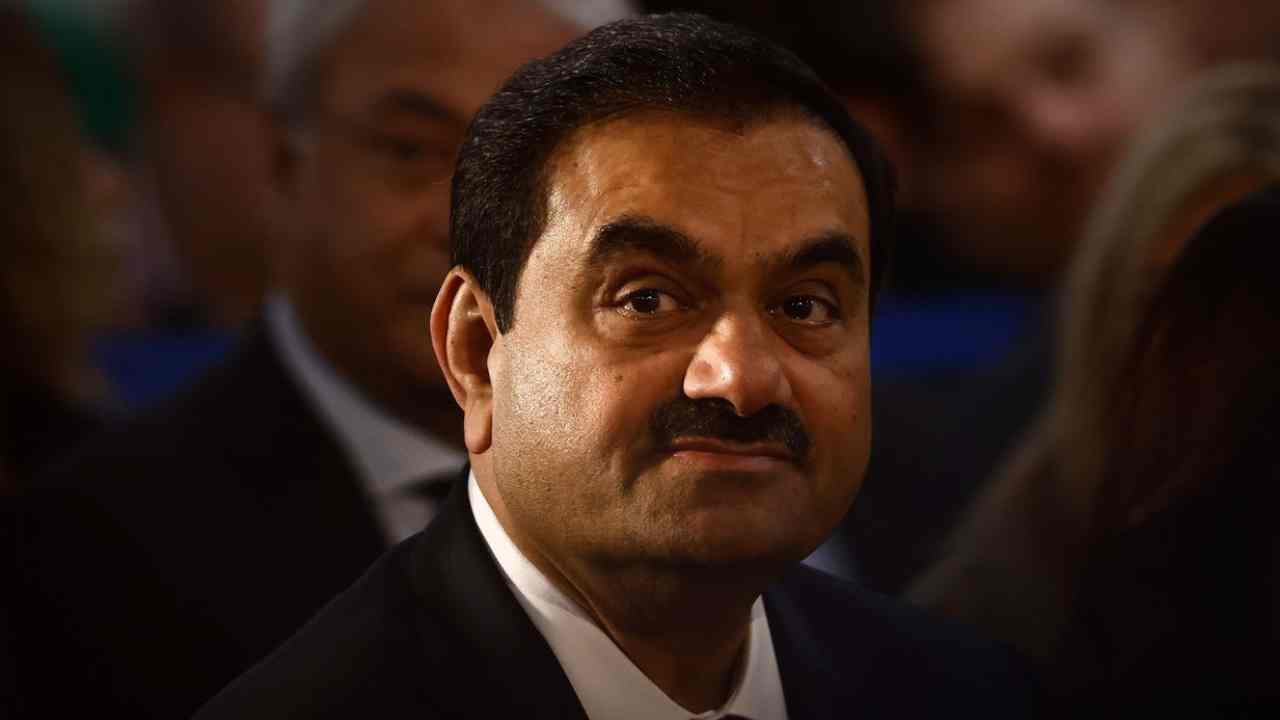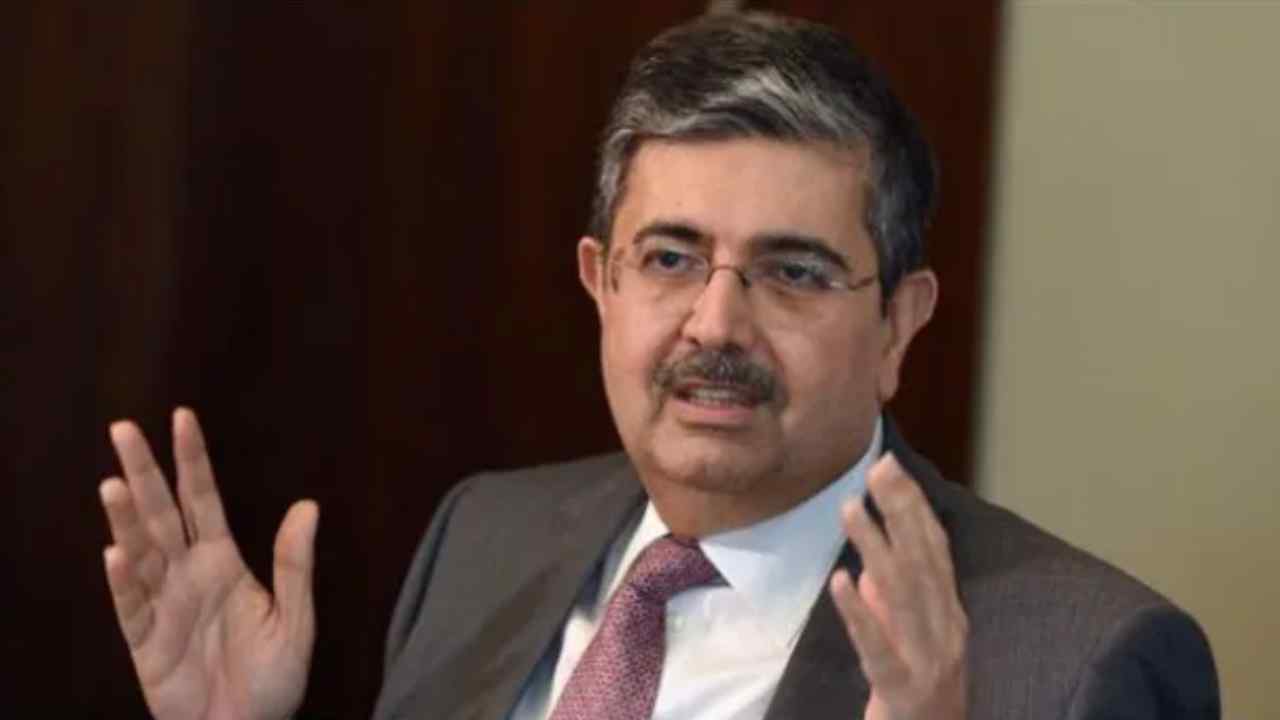Tata Motors Overview: Tata Motors, part of the Tata Group, has encountered a challenging month in September, showcasing a significant decline in domestic sales. The company reported a 15% drop in sales compared to the same month last year, although there was a marginal 0.4% increase from August to September 2024. The sales figures were released on October 1, revealing that sluggish consumer demand and seasonal factors have impacted overall performance. Furthermore, the heavy commercial vehicle (HCV) segment particularly struggled due to a slowdown in infrastructure projects and a decline in mining activity. However, leadership at Tata Motors remains optimistic, implementing strategies to resolve financing challenges for first-time users.
Tata Motors Sales Figures: A Closer Look
In September 2024, Tata Motors reported total vehicle sales of 69,694 units in India, a marked decrease from the 82,023 units sold in the same month of the previous year. This downturn isn’t limited to traditional vehicles; the company also observed a decrease in its electric vehicle (EV) sales, with only 4,680 EVs sold in September compared to 6,050 in September 2023. This reflects a 23% decline year-on-year and a 21% drop compared to August 2024. The domestic sales in the commercial vehicle category stood at 79,931 units during the September quarter, translating to a 19% reduction on an annual basis. The following table summarizes these sales statistics:
| Category | September 2023 Sales | September 2024 Sales | Percentage Change |
|---|---|---|---|
| Total Vehicle Sales | 82,023 units | 69,694 units | -15% |
| Electric Vehicle Sales | 6,050 units | 4,680 units | -23% |
| Commercial Vehicle Sales | N/A | 79,931 units | -19% |
Factors Contributing to Declining EV Sales
Tata Motors attributes the decline in its electric vehicle sales to several critical factors. A significant contributor to this downturn has been the abolition of road tax and tax exemptions on registrations in key states, which primarily affected purchasing incentives. Additionally, the expiration of the FAME II initiative, along with the exclusion of the fleet segment from the PM-eDrive scheme, has adversely impacted EV sales growth across the board.
Future Trends and Projections
Looking ahead, Girish Wagh, Executive Director of Tata Motors, mentioned that the heavy commercial vehicle segment has seen a 25% decline year-on-year during the September quarter, primarily due to sluggish infrastructure project execution, a downturn in mining activities, and reduced fleet utilization stemming from heavy rains. Meanwhile, the Intermediate Light Commercial Vehicles (ILCV) segment faced an 11% decline. However, passenger commercial vehicles have shown resilience, achieving a 3% annual growth in the same period.
As we approach the December quarter, Wagh expresses optimism regarding the revival of the commercial sector. With the conclusion of heavy rainfall, an increase in infrastructure spending is expected, and the festive season is anticipated to spur consumer demand, potentially improving overall sales figures.











